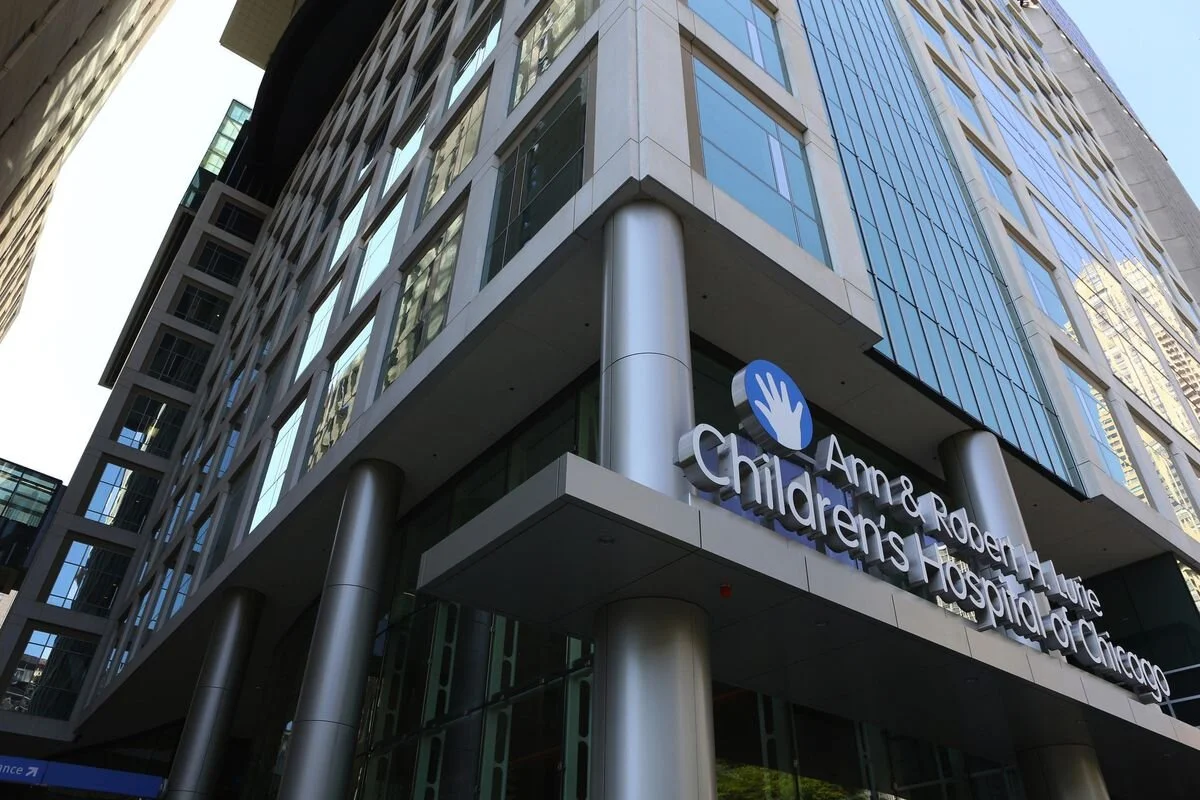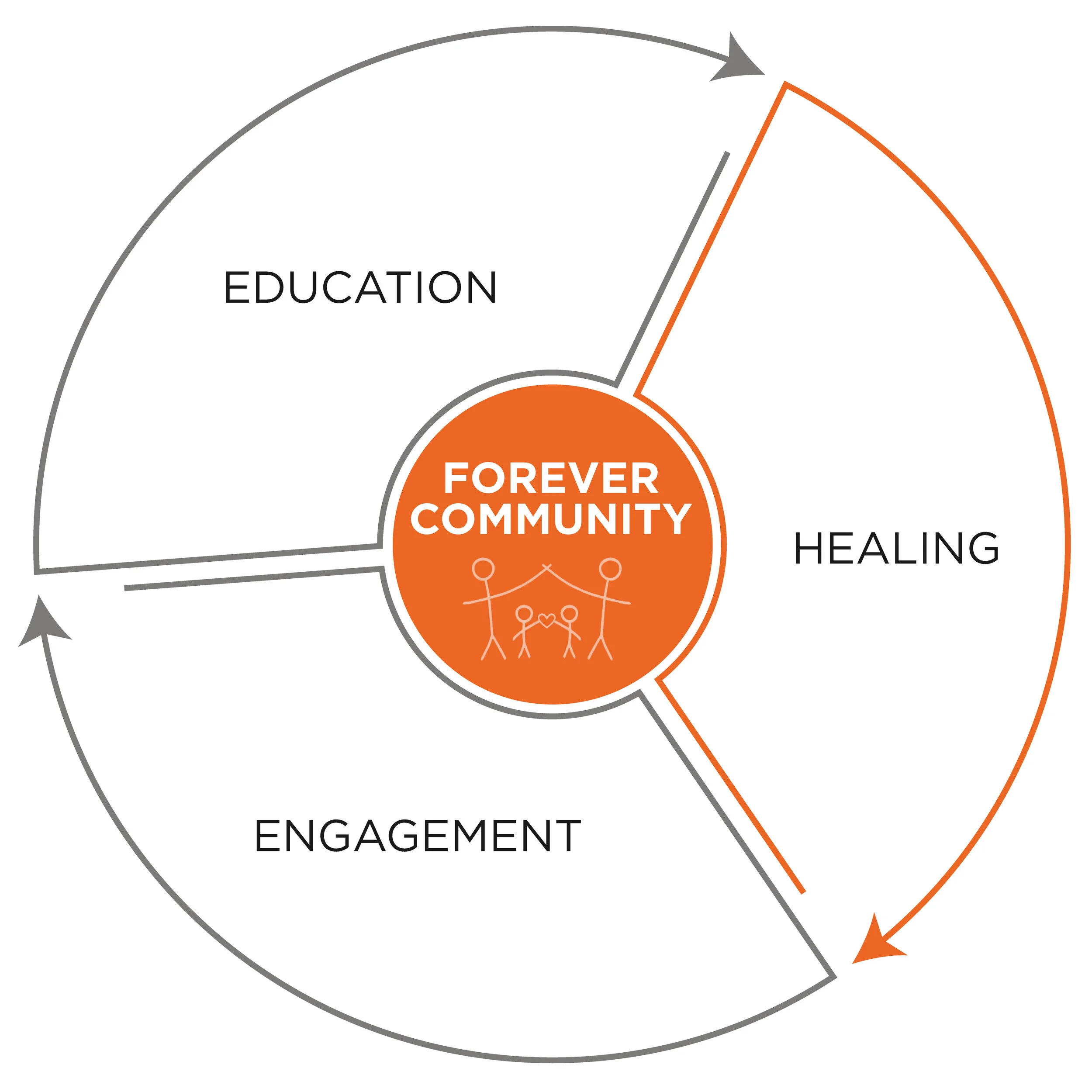Are you or a loved one a survivor of abuse?
The Impact of Child Sexual Violence on Intimate Relationships
The Impact of Child Sexual Violence on Intimate Relationships
Even one incident of sexual abuse will affect a person for the rest of their lives. Sexual abuse and exploitation is one of the most troubling abuses of an intimate relationship between a trusted adult and a vulnerable child. These broken messages of relationships can translate into adult intimate relationships. This makes it tricky when a person wants to have a healthy, intimate relationship.
Some common struggles for intimate relationships:
Feelings that are magnified or occurring in situations not calling for anger
The body stores all memories that happened and outbursts of anger are signs that feelings need to be addressed.
Emptiness deep inside, hopelessness, feeling unfulfilled
A survivor often feels that their power was taken from them and trust may have been eroded. Also dissociation may have occurred during trauma as the survivor learned it was not safe to be in their body so no feelings occur at all. Even good ones. The mind and body have to learn that it is now safe to feel again.
Senses triggered by partner
Things such as a loving touch, whistling, or a type of cologne can mentally take a survivor back to a painful memory and depending on the extent of the abuse, the circumstances involved and the beliefs developed during the trauma, they can unexpectedly surface at any point.
lack of desire to be intimate with your partner or not mentally present during intimacy
The brain is wired for survival and for a sexual abuse survivor, the brain and body need to be retrained to learn the abuse is over and it is ok to be mentally present and allow their body to feel what is happening and actually enjoy the feeling.
Creating healthy relationships involves both parties - the survivor and the partner.
A healthy relationship is possible for those with sexual trauma in their past. But extra care, effort and understanding need to happen.
For the survivor of the abuse:
Communication is absolutely key. Your partner is not a mind reader and if you are triggered by something inside or outside of your home, they need to know.
Be appreciative of the efforts of your partner. Notice when they do something sweet or kind and let them know you are grateful
Don’t give up. Keep working on your own healing. Even though it may be tiring at times, it does get better and easier and it is so worth the effort
For the partner of the abused:
Remember that their triggers, their outbursts, their struggles, are not necessarily due to something you have done. Try not to take everything personally
Remember that your partner needs you, your patience, your love, understanding and commitment that you are willing to work through this with them
Don’t try to fix it, instead be a support and presence to help work through the situations together that come up
Intimate Partner Violence:
Intimate partner violence refers to violence within an intimate relationship. The term intimate partner, often referred to as “domestic violence” distinguishes this form of relational abuse from child abuse or elder abuse.
One in four women and one in ten men experience intimate partner violence.
Some types of human trafficking are, also, intimate partner violence. Physical violence in intimate relationships also often includes sexual violence.
Children witnessing intimate partner violence between their parents are at risk for a generational cycle of relational violence. Child abuse is a risk factor for adult relationships that involve intimate partner violence.
For Healthcare Professionals
Healthcare is a critical arena in which sex trafficking and sexual exploitation intersect with identification of victims.
Healthcare and Child Sex Trafficking
Healthcare is a critical arena in which sex trafficking and sexual exploitation intersect with identification and intervention of victims. Polaris (2017) estimates that 69% of trafficked survivors in the U.S. had access to healthcare at some point during their exploitation, and 85% received treatment for illness or injury directly related to their work or exploitation. More specifically, Lederer and Wetzel (2014) found that 87.8% of their sex-trafficked survivor subjects had contact with healthcare during their victimization. While the ER received the largest percentage of sex-trafficked survivors, victims present to a variety of healthcare locations, including women’s health, primary care, mental health, substance abuse facilities, dental, pediatrics, urgent cares, community clinics, planned parenthood, and many specialties.
Knowing that only a small fraction of sex-trafficked victims are even identified, we can extrapolate to the conclusion that the numbers that present to our healthcare facilities are even higher. Those who work in healthcare, given the training to be able to identify victims of sexual exploitation and respond appropriately, can make an enormous impact on the lives of the vulnerable and invisible who pass before our very eyes.
Environmental Indicators
· Controlling individual with the patient – This individual may identify as a parent, family member, guardian or caretaker. They may speak for the patient/over the patient and control the situation. They may decline an interpreter if a different language is spoken by the patient.
· Patient appears to be lying about their age – Often, they will say they are older than they are.
· Wearing inappropriate clothing for the weather, such as long sleeves in the hot summer.
· Lacks a fixed address, unsure of address, or “just visiting”
· No insurance, paying cash
· Arrival of multiple teens with one adult. These multiple teens may also ask for medical care or treatment.
· Minor with hotel keys, multiple cell phones
· Minor has expensive clothing or accessories which may seem incongruent to the rest of their presentation
· Older significant other, “boyfriend”
Behavioral Indicators
· Refusing appropriate care without explanation, leaving AMA
· Scripted or inconsistent history, changing information
· Hesitant and submissive, especially with the presence of a controlling person
· Injuries inconsistent with history
· Protecting the person who hurts them, minimizing abuse
· Overly fearful or nervous, lack of eye contact
· Hostile, “difficult” patient
· Unaware of time, location
· Use of language of the sex trade – for example, “daddy” “trick” “the life”
· Change in behavior, decrease in grades, truancy, school problems
· Sexualized behavior – sexual knowledge/behavior inappropriate to developmental age
· Intoxication
· Acute change in mental health
· Signs of post-traumatic stress, anxiety, depression
Physical Indicators
· Delayed care or untreated chronic conditions
· Bruising, burns, injuries in various stages of healing
· Physical and sexual abuse
· Malnourishment
· Poor hygiene
· Substance use/abuse
· Significant dental problems
· Multiple pregnancies, abortions
· Frequent sexually transmitted disease testing or treatment
· Traumatic injuries
· Somatic manifestations of stress
· Injuries inconsistent with history
· Patterned scars
· Tattoos – These are often used as branding by the trafficker. These may be initials, sexually explicit, and the patient may be reluctant to explain them
· Evidence of sexual trauma
· Evidence of a botched abortion
Reclaim13 partners with hospitals and healthcare professionals to provide for the specialized medical needs of survivors of child sexual abuse and exploitation
What is a Forever Community?
Our goal is to build a compassionate community who can support the child’s healthy development toward a positive, hope-filled future!
Forever Communities
Expanding the System of Support
Reclaim13 works to strengthen the support system of traumatized children through Education, Healing, and Engagement
Education
“Education is the most powerful weapon which you can use to change the world.”
— Nelson Mandela
Education is key to changing the way our society sees the plight of abused and exploited children. Education can, also, open new doors of possibility for an abused child.
Healing
Reclaim13 operates two specialized therapeutic homes for survivors of sexual exploitation. Our residential programs serve survivors as young as 10 up to 25 to provide the latest clinically-based healing and trauma-informed approaches to supporting their journey of reclaiming their path toward freedom.
“People have tried to place me in other placements in the past but I would only stay for a couple of days until I would run.This is the longest I have ever stayed. Also it is the first time I have ever had the will to stay and get better. I really do want to get better, have a better life/future.”
—CH resident
Child sexual exploitation impacts every aspect of development and has, potentially, life long consequences...unless there is intervention/healing. Trauma from victimization during childhood manifests in many way:
Post-Traumatic Stress Disorder
Anxiety
Depression
Attachment Disorders
Academic and attention problems
Fear and Dissociative responses
Our approach to healing highly traumatized survivors of child abuse and exploitation includes specialized treatment planning led by our clinical team of licensed clinicians. Our therapists are trained in evidence-based therapies for trauma survivors, including EMDR, DBT, TF-CBT, Somatic experiencing, etc.
Community Engagement
Our goal is to build a compassionate community who can support the child’s healthy development toward a positive, hope-filled future. There are several ways you can get involved in helping us end the cycle.
Your business can join our group of “Compassionate Corporations” who are working together using their resources to change the world.
Your church can join our “Church Coalition” and help meet the urgent needs of kids rescued from sexual exploitation.
You can join our army of volunteers working together to support the healthy development of victims of sexual exploitation. Contact us to find out how you fit in to our Forever Community!






